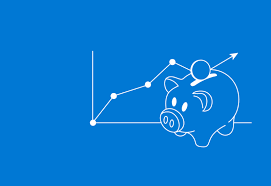Inverted Yield Curve
An inverted yield curve is an economic phenomenon that occurs when short-term interest rates are higher than long-term interest rates. In other words, the yield on a three-month Treasury bill is higher than the yield on a 10-year Treasury bond.
This is an unusual situation because, under normal circumstances, long-term bonds have higher yields due to the increased risk and uncertainty associated with holding an investment for a longer period. However, when the yield curve inverts, it suggests that investors are more concerned about the short-term economic outlook than the long-term and are therefore demanding a higher yield for short-term investments.
Historically, an inverted yield curve has often preceded an economic recession. This is because it indicates that investors are pessimistic about the near-term economic outlook and are seeking the safety of long-term investments. This can lead to a decrease in investment and spending, which can ultimately lead to a recession.
While an inverted yield curve does not guarantee an impending recession, it is a cause for concern. Investors and policymakers should monitor the yield curve closely and take appropriate action to mitigate any negative effects.
In conclusion, an inverted yield curve is a rare but significant economic event that can indicate an impending recession. It is important for investors and policymakers to be aware of this phenomenon and take appropriate action to avoid any negative consequences.
